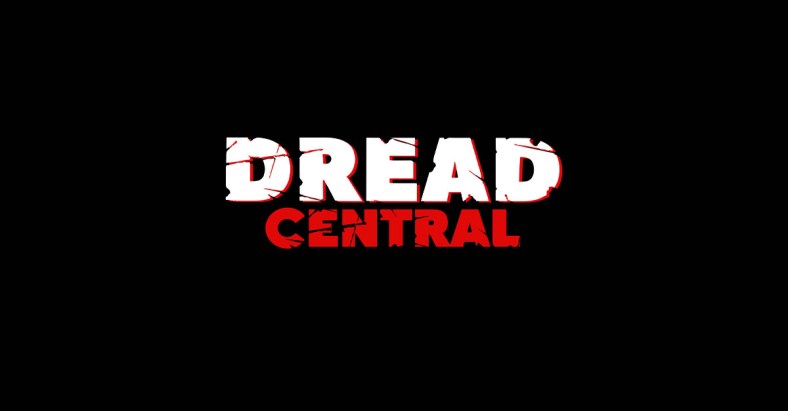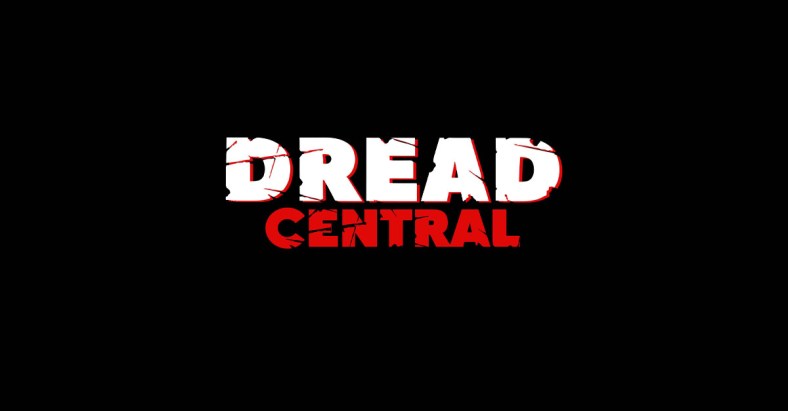Did Jungle Habitat Let Loose Wild Animals in New Jersey’s Forests?

In 1972, Warner Bros. thought it had a brilliant idea: a wild animal safari park nestled in not-so-wild West Milford, New Jersey. By 1976, just four short years later, the park – and many animals – were abandoned. What went wrong?
The better question might be, what didn’t go wrong?

Jungle Habitat opened in the summer of 1972 with two sections and over 1,500 animals on display: a walk-through area that included a reptile house, petting zoo, dolphin show, live Looney Toons show, camel and elephant rides, and a train ride; and the drive-through safari.
The latter was clearly the big selling point. It allowed patrons to ride on a Jungle Habitat bus or drive their own car through an open habitat that had free-roaming baboons, camels, elephants, peacocks, giraffes, and Siberian tigers. The animals would frequently climb on the cars, stopping them in their tracks – sometimes for hours. Though visitors were under strict orders not to open the windows, people did anyway. Within the first few months of the park’s opening, a visitor decided to roll down his window to get a closer look at the animals. Two lions attacked; the visitor survived with lacerations to his arm and shoulder. He later took responsibility for his actions, releasing Jungle Habitat from liability.

Another incident, in 1974, was not the visitor’s fault. Elizabeth Ennis was with her grandson, feeding a goat in the petting zoo, when a baby elephant reached its trunk over the fence, wrapped its trunk around her arm, lifted her into the air, and bit her hand. Frankly, I’m surprised that these were the only reported animal attacks.
But things got weirder. Way weirder. Animals escaped. The only verified escape was of a pair of wolves who were captured before they caused any damage. But there were multiple rumors of wild animals running amok in West Milford. Imagine waiting for a bus and seeing an emu run by. Or going to pick up a prescription and finding the pharmacy “overrun” with a family of baboons. Rumors persist to this day that non-indigenous animals, like monkeys, peacocks, ostriches, and kangaroos live in the woods, descendants of the escaped Jungle Habitat animals.
The park’s closure in 1976 was very sudden. Warner Bros. had ambitious plans to expand the park, but were met with difficulties from the locals and in obtaining permits. When the permits weren’t a slam-dunk, Warner Bros. shut down the park and sold off the land, despite the fact that the park was still profitable. This, of course, led to rumors that the animals were abandoned within the Habitat, left to prey on one another.

This was not true; the animals were sold off to other zoos and habitats. In order to safely transport the animals, they were shot with heavy tranquilizers. Locals heard the gunshots and thought the park owners were shooting remaining animals. Rumors began that Jungle Habitat shot their animals; that they released their animals into the woods; that they left the animals where they were to fend for themselves.
Despite the fact that these rumors were just that, the animals were not well cared for. During the harsh New Jersey winters, many of the animals did not have access to heated enclosures. Baboons were hit especially hard: several of them suffered from frostbite, and had fingers and tails just freeze and fall off. While it is not clear if the giant land tortoises died or were taken to warmer climes, in July of 1972 there were forty tortoises; by November, there were eight.

When the park closed in 1976, there were some carcasses left behind: bison, zebras, camels, even an elephant. Two ornery camels got into a fight and one killed the other. Two dozen other animals were euthanized after they caught tuberculosis. The park closed in November, so the carcasses were left to rot until spring, when the ground softened and the remains could be buried. By that point, native turkey vultures had picked over the bodies.
The park still stands, but most of the structures are gone. The state owns the land, now called Ringwood State Park. It is a popular site for dog walkers, hikers, bicyclists, and nostalgia-seekers.
For more info and tons of photos, visit WestMilfordJungleHabitat.com
Categorized:Real Dread Urban Exploration

